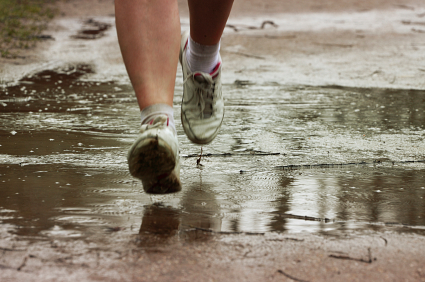
Recently, I was scrolling through my newsfeed on one of my social media pages and came across a friend’s post that asked a question regarding exercise and rest.
While I love, love, loved the enthusiasm the people commenting on the post showed toward exercise, some of the comments or answers were either outdated or tailored to their own personal needs which may or may not have been appropriate or safe for the person asking the question. Exercise, just like diet, is very personal which is why it’s always a good idea to consult with someone that’s trained to answer your question and has a proven track record in the field.
Seeing this post reminded me that while most people know it’s a good idea to exercise, not everyone understands that rest and recovery is JUST as important as exercise itself.
Rest days allow your muscles, nerves, bones, and connective tissue time to rebuild. It’s during this rebuilding process that they grow back stronger. A lack of rest or “overtraining” can leave the body susceptible to injury and even slow the metabolism down.
Resting after exercise does not necessarily mean you are sitting on the couch all day. Most of the time, active rest is best. The body is designed to move and “sitting” for too long can negatively affect someone’s health. There can be solid medical reasons for someone to get off their feet and rest for longer periods of time. However, if you have been medically cleared for exercise, active rest is usually best.
How much active rest your body needs after exercise is personal. Your fitness level, the type of exercise you are performing, and what your body needs will all come into play.
RECOMMENDED TYPES OF EXERCISE AND REST
Some examples of types of exercise and recommended rest are:
- Interval Training. High intensity interval training, also known as HIIT, is an effective way to burn calories in a short period of time and can improve cardiovascular health as well as blood pressure. HIIT formulas consist of short “bouts” or intervals of an exercise that feel hard or very hard to maintain followed by a recovery interval that is easy to maintain. Interval based cycling classes, interval programs designed for exercise machines, Tabata training, and interval based group exercise or circuit routines are some examples of interval training.
The recovery guidelines for HIIT training are pretty straightforward. After performing a HIIT workout, you will want to wait a minimum of 48 hours before repeating another. It’s VERY important to allow your body to recover properly from high interval training to avoid overtraining which can have a negative effect on your body.
Years ago, when spinning or cycling classes entered the fitness scene, people (mostly women) were so thrilled with the physical results they were getting from their “spin” classes, they began attending them five, sometimes six, days per week. Many of them began to plateau and others actually saw the scale go up due to their metabolisms slowing down. When it comes to high intensity training, too much can produce the opposite effect you were looking for. A moderate cardio workout or strength routine (depending on what you did during your interval workout) are great ways to actively recover during your 48-hour rest period.
2. Moderate Exercise. The fitness industry considers anything that gets your heart rate up to 50 to 60 percent higher than its rate when you are at rest moderate intensity exercise. The Centers for Disease Control and Prevention recommend 30-45 minutes of moderate exercise most days of the week for health purposes. Doing some sort of moderate exercise daily is optimal which is what makes moderate exercise so popular because you can pretty much do it every day without having to take a rest.
Some examples of moderate activity include:
- Walking your dog
- Biking
- Swimming laps
- Jogging
- Moderate Intensity Water Aerobics
- Gardening for 30 minutes
- Raking leaves for 30 minutes
- House cleaning for 30-45 minutes
3. Strength Training. One of the simplest ways to know you need to rest a muscle after strength training is if it is sore. It’s important to note how long your muscle soreness lasts. Soreness from proper training should not last more than 48 hours after the workout. If you are sore for longer than 48 hours it usually means that you’ve “overtrained” or worked the muscles too hard and need to scale back just a bit.
A good rule of thumb is to allow the muscles you specifically worked to actively rest for 48 hours before strength-training them again. A good balance is to train other muscles or perform moderate cardio on off days. For years, strength training three to four days per week has been a popular formula in the fitness industry because it allows for a good amount of recovery time.
Your body is smart. It will tell you when it’s time to rest and it’s important to listen to it! When we balance our exercise and rest properly, the body can get stronger and build more endurance. Or, for some of us, simply help you maintain the strength you already have. At the end of the day, exercise shouldn’t make you feel run down. It should leave you feeling good!
Here’s to a lifetime of health and happiness!
Shared with love,
Jennifer


